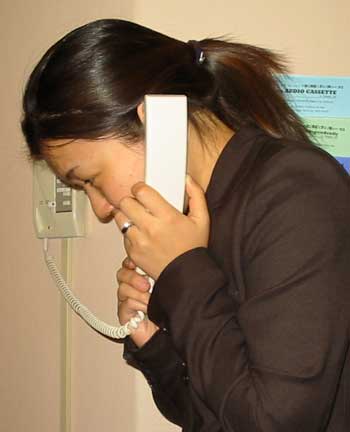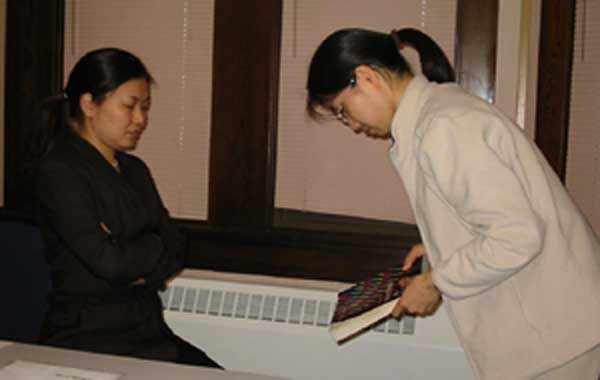 |
|||||||
|
|||||||
Exercise 8: Tone of Apologies
Read the following tips from teachers of Japanese about the appropriate tone of voice in presenting apologies. Listen and practice speaking so that your apologies will sound sincere to your listener.
Fluency probably won’t do you good in formal apologies. It’s a good idea to speak rather hesitantly. This communicates a message that you are really sorry. Example 1: Example 2
It is a good strategy to speak hesitantly and leave your sentences incomplete. This creates an apologetic tone. Example 1 Example 2
Repetition helps to express sincerity. Example 1 Example 2 Example 3
It’s a nice gesture to show that you are concerned for the listener. Example 1 Example 2
Native speakers often show their dismay (e.g., Doushimashou?, Doushiyou?) while apologizing. Example 1 Example
2 Example 3
Stress your intensifiers (e.g., hontouni, doumo) or apology expressions, and pronounce them emphatically. This will help you sound truly apologetic. Example 1 Example 2
Non-verbal cues are important too! Avoid extensive eye-contact when you are really sorry. Appropriate posture also communicates sincerity. A formal sincere apology is often accompanied with a series of bows.
|
|||||||

